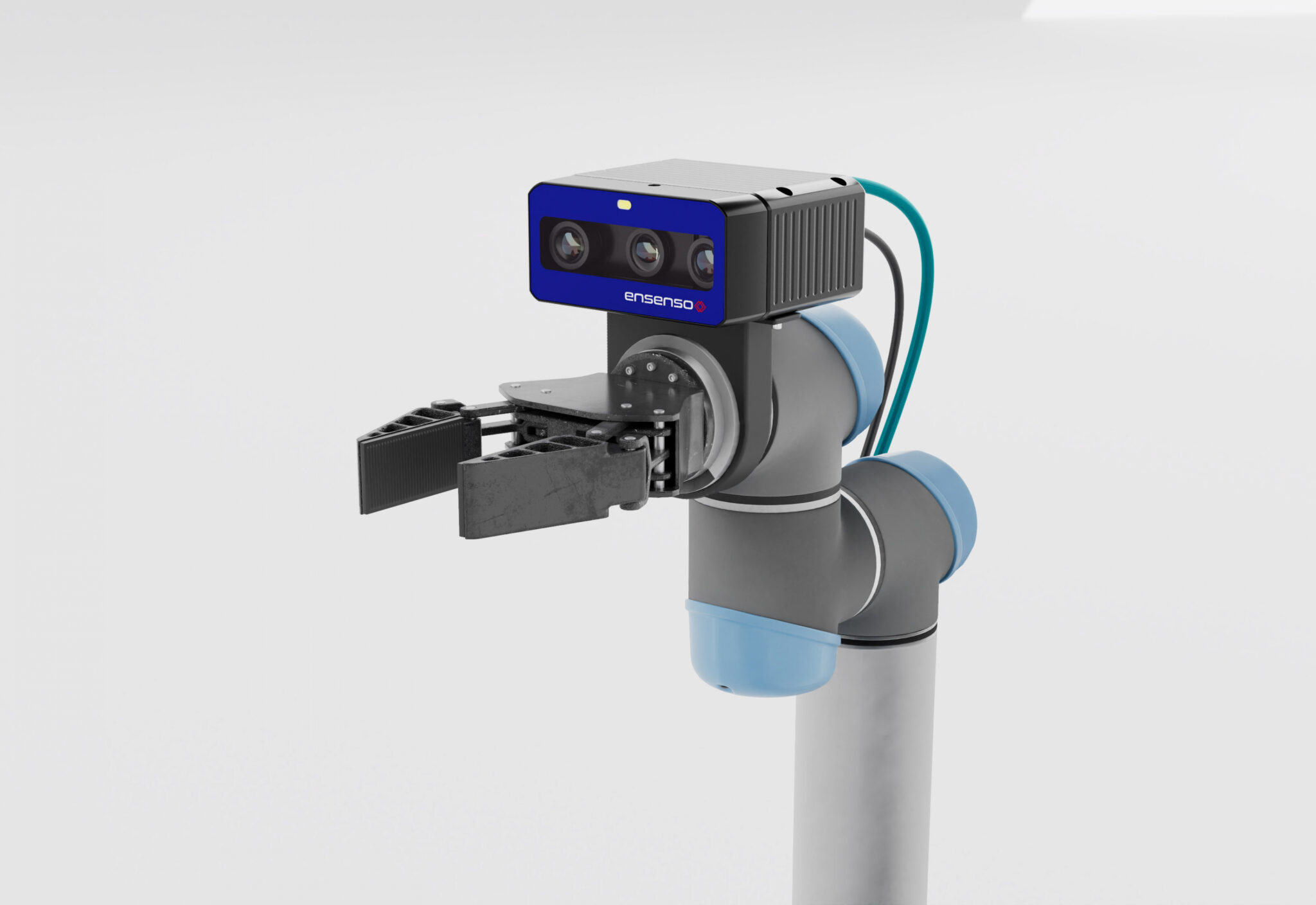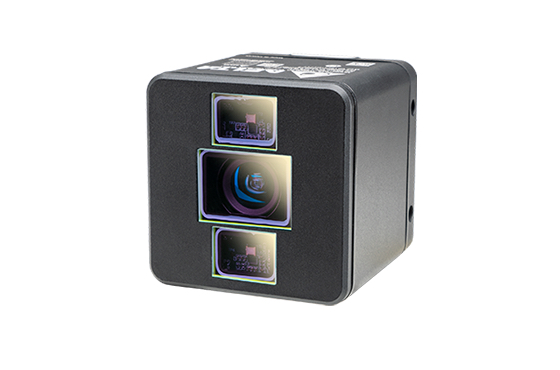With eCommerce booming, vision provider Cognex is helping to accelerate warehouse automation with a range of standard, easy-to-use logistics solutions.
The global increase in eCommerce triggered by the Covid-19 pandemic saw functions within warehouses stretched to breaking point as businesses struggled to fulfil record volumes of goods. Furthermore, consumer demands for greater levels of availability, affordability, speed and sustainability drove companies to seek ways to increase throughput without sacrificing accuracy.
There are two fundamental ways a warehouse can process throughput higher than it was originally designed to do – either invest in additional infrastructural capacity or find ways to maximise its existing assets. The latter is normally the most cost-effective option but is often limited by factors such as available space. However, the simplest ways to increase the rate at which boxes, parcels, packets and cartons are conveyed – placing the items closer together on the conveyor, or increasing the speed of the belt, or both – means existing scanning technologies may struggle to accurately read items at speeds with which they were not designed to cope.
Next-Generation Scanning Technology
Whilst the capabilities of scanning technology are constantly evolving, poorly printed, torn, or otherwise damaged labels and barcodes can prove to be a barrier. A solution to reducing and eliminating misreads lies with next-generation machine vision hardware and lighting which performs better and decodes better with every new release. The latest cameras are capable of cycling at much faster rates and therefore offer multiple shots of a single barcode as it progresses through its field of view, allowing the software multiple opportunities to understand the data it is asked to process. “That multiple shot enables us to look at more symbologies and angles at a higher resolution,” says Piers Quarry, Strategic Manager, Project Solutions Team at machine vision provider Cognex. “We are seeing increasingly better performance on shiny materials, odd angles, slightly crinkled labels, which previously may have been misread.”
To overcome the challenge of items placed closely together on a conveyor, the latest iteration of vision scanning technology features the steepest-ever camera angles. Combined with (3D vision) technology for precise barcode assignment, the barcodes of two packages in close proximity can be very accurately assigned not just to the correct package, reducing misreads while increasing throughput, but also to the right face on that package, giving extra data that adds intelligence to the system. “We’re striving to get camera angles as steep as possible to look down between items and achieve that higher throughput,” says Quarry.
Simple Solutions
Ultimately, these high-throughput facilities have the most to gain by incremental increases in performance of scanning technologies. But many much smaller businesses with a logistics function within their operations can also benefit greatly from some of the simpler scanning technologies currently on the market.
Even the simplest hands-free barcode scanning solutions, many of which are ‘plug-and-play’, feature high levels of functionality. Offering next-generation lighting, a variety of fields-of-view, and benefits such as a high-speed steerable mirror (HSSM) to move the field of view with the operator, they can be tailored to suit businesses of every shape and size. Previously, pallet scanning, aggregation, and large area scanning functions required expensive, high-resolution PC-vision, or two or more smart cameras to successfully read the high volume and variation of barcodes. Now, an HSSM attached to Cognex’s DataMan 470 fixed-mount barcode reader can provide a high-performance, cost-effective solution for large field of view applications.
“These simple hands-free solutions are opening people’s eyes to what they can do with barcode reading,” says Quarry.
The warehouse of the future will rely on the integration and optimisation of multiple logistics functions all incrementally improving as they collect and analyse data along every step of the way, from goods-in to dispatch. Vision scanning will play a significant part in the outright effectiveness of the facility, for any one bottleneck in the system has implications for the overall efficiency of the entire operation.
“Vision in logistics is a most exciting area for us,” says Quarry. “Cognex is a visionary company which, in logistics, has previously been heavily concentrated on barcode readers. But actually, its pedigree is about using vision for multiple applications across multiple industries. That makes us very excited about being able to deploy more of that into the logistics industry to optimise this cutting-edge sector.”
Whatever the size or shape or location the warehouse of the future will be, one thing is certain – vision technology will be key to accelerating warehouse automation.










